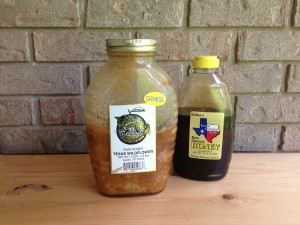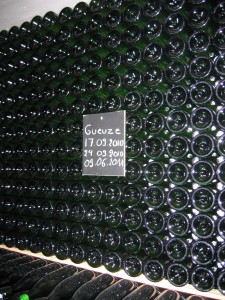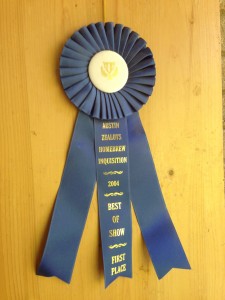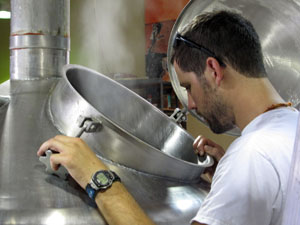The Jester King Craft Brewery is located just west of Austin, Texas in the Hill Country. The brewery produces six year-round beers, five of which are certified USDA Organic, and a range of limited release beers. Recently, the brewery has been experimenting with brewing beers soured by naturally-occurring bacteria they have isolated and cultured.
Gotlandsdricka is an attempt to recreate the farmhouse ale of Gotland, Sweden — a drink believed to have been drunk by the Vikings. Gotlandsdricka is malty and smoky, with some gin-like character from the juniper berries. The homebrew clone recipe is scaled down from owner/brewer Jeffrey Stuffing’s 30-barrel recipe and presented in both English and metric units. (Because this recipe uses loads of smoked malt, an extract adaptation is not feasible.)
The brewery’s Viking Metal beer (see recipe at bottom) is Gotlandsdricka aged in Old Tom gin barrels.
Gotlandsdricka
Jester King Craft Brewery homebrew clone
All-grain (English units)
recipe from owner/brewer Jeffrey Stuffings
DESCRIPTION
Gotland is an island off the coast of Sweden in the Baltic Sea. The traditional farmhouse ale brewed there, Gotlandsdricka, is believed to be descended from and still very similar to the beer the Vikings drank in the Viking Age (800–1100 AD). Viking age beer would not have contained hops, however.











Recent Comments